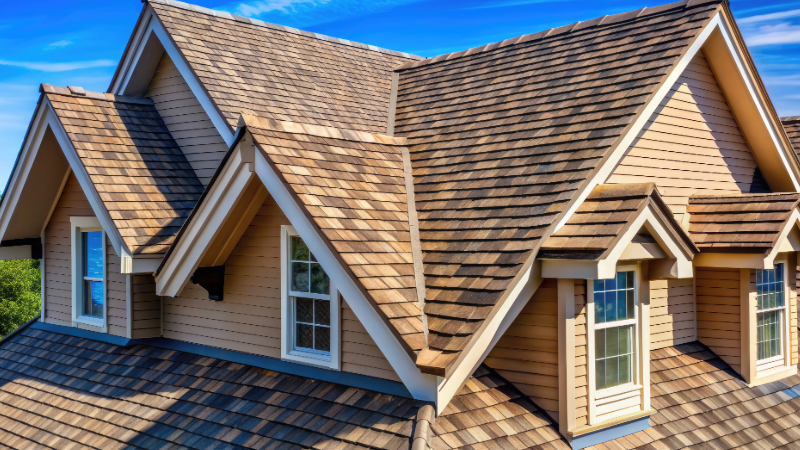Introduction
In today’s digital age, a strong online presence is essential for roofing businesses. Most homeowners start their search for roofing services on Google, and if your site isn’t ranking well, you’re missing valuable leads.
On-page SEO optimizes your site’s elements so search engines understand your content and rank it higher. For roofing companies, this often means focusing on local search optimization to connect with nearby customers.

Understanding On-Page SEO for Roofing Businesses
On-page SEO involves optimizing specific parts of your website to improve search rankings. For roofers, local SEO is especially important because customers usually search for services in their area. Without a strong on-page SEO foundation, even great off-page SEO efforts may not deliver results.
Key areas to focus on include title tags, meta descriptions, header tags, and page content. By improving these, you help search engines understand your site’s relevance and improve your chances of ranking for local searches.
Optimize Title Tags & Meta Descriptions
Title tags should be under 60 characters, unique to each page, and include your primary keyword with the location. Example: Roof Repair in Denver | ABC Roofing Contractors.
📈 Check out our Roofing SEO Guide to plan your next moves.
Meta descriptions should summarize the service, include relevant keywords in the form of primary and secondary terms, and encourage clicks — ideally under 160 characters. Example: Need expert roof repair in Denver? Call ABC Roofing Contractors for fast, affordable service you can trust.
Use Keyword-Rich, Customer-Focused Headlines (H1, H2, H3)
Headlines guide readers and help search engines understand your content. Use service + location keywords in your H1, such as Expert Roof Repair in Austin, to make your offering clear.
Include trust signals like years in business or warranties in subheadings to increase click-through rates. Example: Our Proven Roof Repair Process – Trusted by Austin Homeowners.
Craft Quality, Localized Content
Write content tailored to your local audience and make sure to use content templates and hubs that produce. Reference neighborhoods, climate conditions, and roofing challenges specific to your service area. For example:
“Because Denver experiences frequent hailstorms, we install impact-resistant shingles designed to protect your home year-round.”
Answer common homeowner questions and include examples of local projects to build trust and improve relevance.

Optimize Images for SEO
Use descriptive filenames like denver-metal-roof-installation.jpg and alt text such as Metal roof installation in Denver by ABC Roofing Contractors. Compress images to improve load speed and consider adding structured data for enhanced search visibility.
Audit Your Site Regularly
Websites are not static and don’t automatically keep up with the times. That is why it is important to do regular audits and make sure you fix technical/on-page issues regularly.
Internal Linking Strategy
Link from related blog posts to service pages using keyword-rich anchor text, such as professional roof repair in Austin. Keep links relevant, and review them regularly to ensure they’re still accurate and functional.
Insights. Ideas. In Your Inbox
Summary
On-page SEO is the foundation for a high-performing roofing website. By optimizing your titles, descriptions, headlines, localized content, images, and internal links, you can increase visibility, attract more local leads, and grow your business. Consistently reviewing and updating these elements keeps you ahead of the competition.
Frequently Asked Questions
Why is on-page SEO important for roofing websites?
It boosts your visibility in local search results, helping you attract more qualified leads and grow your business.
How can I optimize my title tags?
Keep them under 60 characters, include your main keyword + location, and make them unique.
What should I include in meta descriptions?
A short, persuasive summary of your service, a call-to-action, and relevant keywords — all under 160 characters.
How do I make headlines appealing to homeowners?
Address their needs, use trust signals, and include service + location keywords.
Why optimize images for SEO?
It improves loading speed, accessibility, and rankings in image search, which boosts your site’s performance overall.

